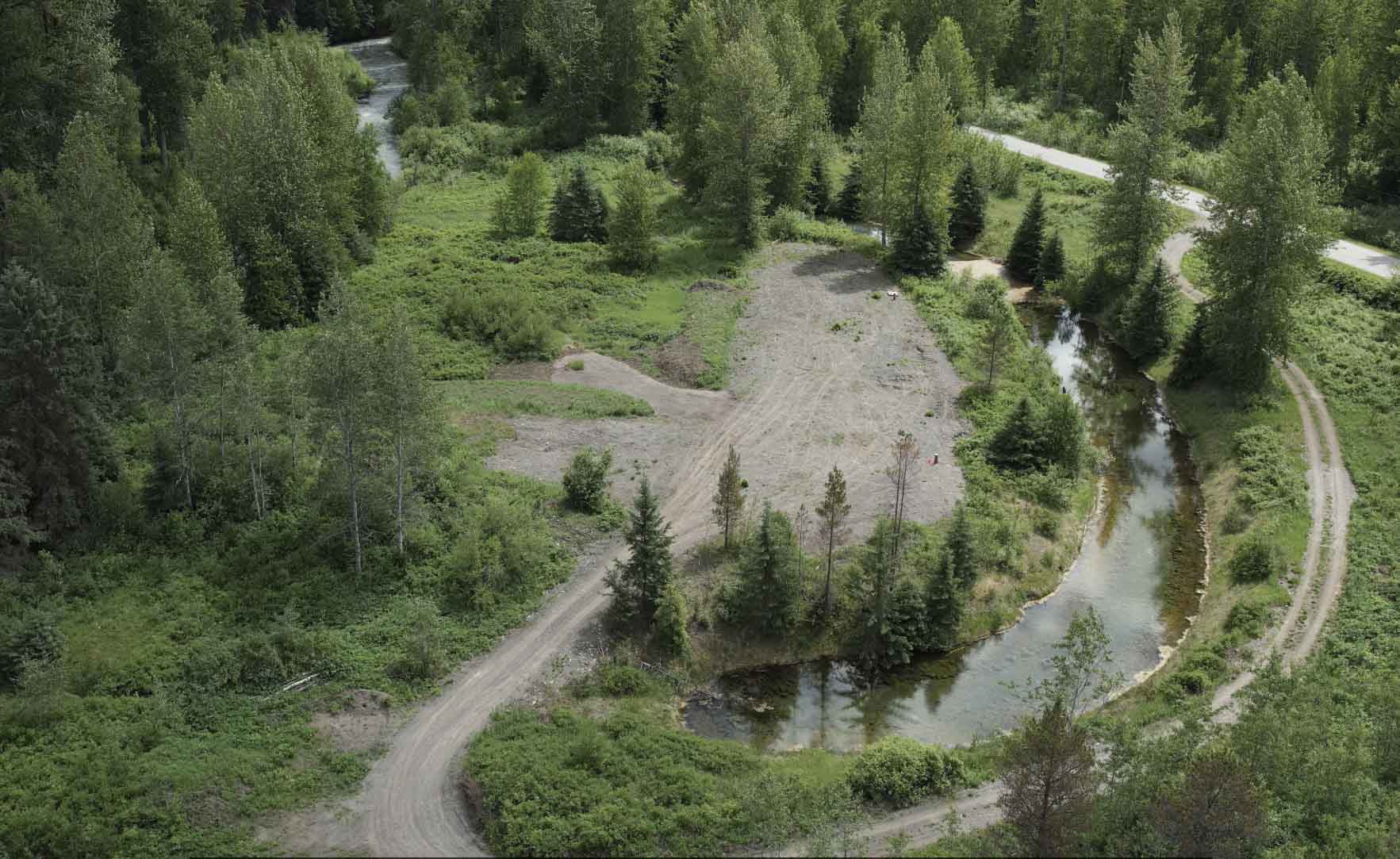More than 50 years after the Gitanyow first raised concerns over the diminishing Kitwanga sockeye salmon population and halted harvest of the vulnerable species, Fisheries and Oceans Canada (DFO) is building a hatchery to be operated by the nation.
The Gitanyow and DFO have been working on a rebuilding plan for 25 years and this week announced they will start construction in the fall, with hope that the hatchery will help increase numbers of the salmon that are a vital food source and cultural touchstone for the Gitanyow people. Funding for the project is coming from the ministry’s Pacific Salmon Strategy Initiative, a five-year plan to support the rebuilding of salmon stocks.
The Gitanyow hatchery has a $10 million budget for associated costs and construction on the First Nation’s lands, says Adam Silverstein, regional manager of hatchery reform and modernization with the DFO. It will be owned by the government and operated by the Gitanyow. An additional million dollars was granted through the B.C. Salmon Restoration and Innovation Fund for the nation to conduct a feasibility study for the hatchery.
Silverstein says the numbers of Kitwanga sockeye have been dropping for years, and while DFO has been working towards recovery with the Gitanyow First Nation for a long time, enhancement efforts have been mired in complications. Hatching eggs and raising smolts requires a specific facility, and transporting hatchlings in a way that allows them to survive is challenging.
He adds the Gitanyow and DFO didn’t have the capacity to make a meaningful dent in the sockeye population — until now.
“This is the result of a lot of recovery and feasibility planning over the years through a variety of different initiatives,” Silverstein said.
Increasing the numbers of salmon is hugely important to the Gitanyow people, who hope to see the return of one their most culturally significant resources, says Mark Cleveland, head biologist and program director, who has worked with the Gitanyow Hereditary Chiefs for the last 26 years.
Just over half way through the twentieth century, Gitanyow community members watched as the animal they relied upon for food and ceremony for thousands of years dwindled.
Sometime between the 1960s and 70s, they stopped fishing the Kitwanga sockeye salmon for fear it would go extinct, and have maintained efforts to build back their salmon populations ever since.
“That’s their goal, to hopefully rebuild the population some day, so that future generations could enjoy what their people used to enjoy,” Cleveland said.
At the time, they brought it to the attention of the government but nothing was done about it, Cleveland said.
The Gitanyow People started programs to monitor the salmon returns in traditional ways using weir dams in the 90s and early 2000s. What they found was astonishing: salmon numbers previously known to be in the tens of thousands had plummeted to mere hundreds.
This was the resulting impact of stressors from clogged watersheds, climate change causing water temperatures to rise to 20 degrees (lethal for the salmon), and overfishing — a factor that is aggravated when the Kitwanga sockeye mix with two million Babine sockeye on their way back to spawning channels during the salmon run, making it difficult for fishers to distinguish between them, Cleveland said.
“Just to put that in perspective, Kitwanga sockeye used to be one of the 10 largest wild sockeye producers in the Skeena watershed,” Cleveland said. “They’ve seen really high fishing pressures for a long time, which has likely had a large impact on why the numbers are so low.”
Repopulation will not be easy, and is anticipated to take a decades-long effort, he added. They plan on releasing approximately 300,000 small fry into the watershed at strategic intervals each year. Of these, odds say only five per cent will survive, which is still better than what they could have expected some decades ago.
“Kudos to the federal government; that five per cent is based on looking at the long-term fishing patterns that the government has had in place,” Cleveland said.
Historically, between 40 and 60 per cent of Kitwanga sockeye were harvested in commercial fisheries, Cleveland says. More recently, that has fallen to 20 to 30 per cent of the salmon stock.
“Governments, they’re not only investing in hatcheries, but they’re also investing in reduced fishing pressure on these stocks of concern.”
DFO has also recently announced other projects to build new hatcheries and modernize fisheries infrastructure, including a completed rebuild of the Nuxalk Nation Snootli Creek Hatchery and an upcoming project for the Lheidli T’enneh First Nation.
While the fish is on the rebound, Cleveland says there is still work to be done, as the government faces a dilemma finding the balance between conservation and the fishing economy.
“We’re continuing to [monitor], but in the meantime, we’ve basically seen no other way in the short term to help recover and really save this unique genetic population of salmon without a hatchery,” Cleveland said.
Read the original article by Hope Lompe at Canada’a National Observer.
